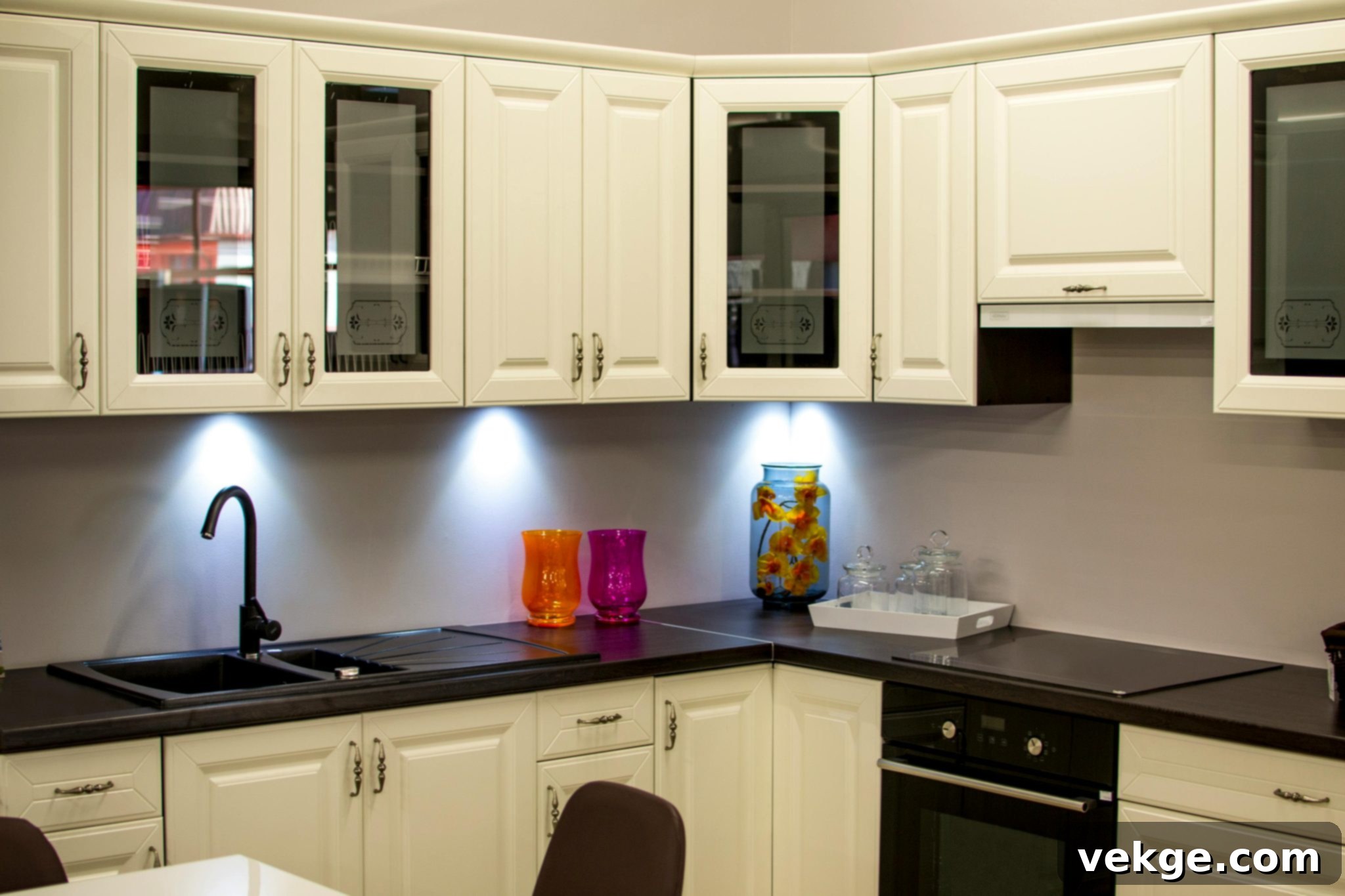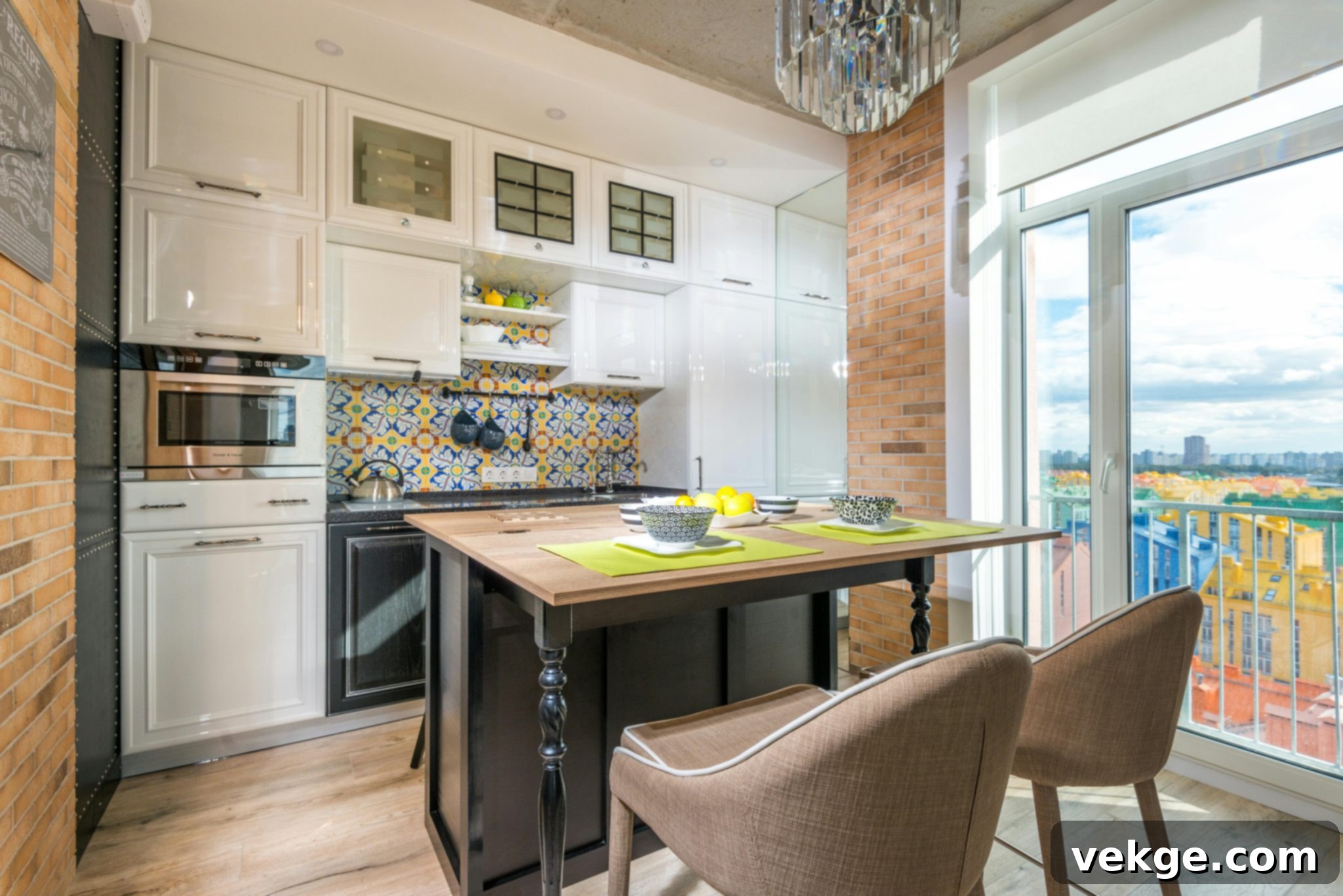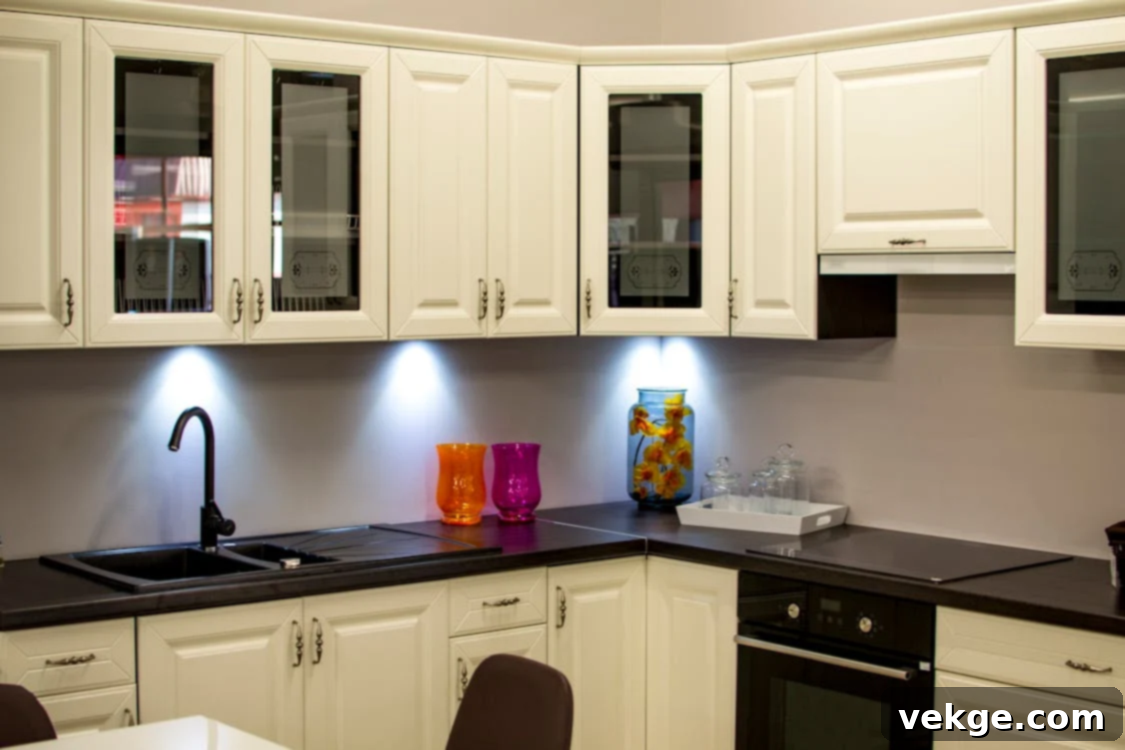The Ultimate Guide: Avoid These Costly Mistakes When Replacing Kitchen Cabinets
Embarking on a kitchen cabinet replacement project is one of the most impactful decisions you can make in your home renovation journey. It’s an opportunity to completely transform the heart of your home, enhancing both its aesthetic appeal and its practical functionality. Modern storage solutions, like RTA kitchen cabinets (Ready-To-Assemble), offer incredible versatility and value, but the path to a dream kitchen can be fraught with unexpected challenges. Many homeowners dive into this exciting upgrade without fully understanding the common pitfalls that can not only derail their progress but also significantly inflate expenses. To ensure your kitchen remodel is a success and delivers truly satisfying final results, it’s crucial to be aware of and actively avoid these common and often costly mistakes.
Neglecting Comprehensive Kitchen Layout Planning
A well-thought-out kitchen layout is the cornerstone of any successful renovation. It dictates how you interact with your space, influences workflow efficiency, and ensures that every element, from appliances to storage, has its rightful place. Unfortunately, many homeowners are tempted to bypass the detailed planning phase, rushing directly into the exciting prospect of installing new cabinets. This oversight is a significant mistake that often leads to a disorganized kitchen where the flow feels awkward, and daily tasks become a chore. A poorly planned layout can result in insufficient counter space, inconvenient appliance placement, and a general feeling of cramped inefficiency.
To circumvent this critical error, dedicate ample time to developing a detailed plan that meticulously considers your kitchen’s existing footprint and your natural workflow. Visualize the “kitchen triangle” – the path between your refrigerator, sink, and stove – and aim for an ergonomic design that minimizes unnecessary steps. Start by sketching a rough plan on paper or using online design tools, imagining the placement of your storage units, major appliances, and essential systems like plumbing and electrical outlets. Beyond the basics, consider your specific needs: Do you require more pantry space? How will you maximize the utility of corner cabinets? Thinking through these details upfront prevents future headaches, such as cabinet doors or drawers colliding, or discovering you don’t have enough room to comfortably prepare meals. A professional kitchen designer can offer invaluable insights, helping you optimize every inch and ensure your layout perfectly aligns with your lifestyle.
Failing to Ensure Accurate Measurements
The success of your kitchen cabinet installation hinges entirely on the precision of your measurements. This foundational step involves meticulously measuring everything that will occupy or define your kitchen space: the dimensions of your desired storage units, windows, ceiling height, wall widths, and all appliances. A common and expensive mistake is to rely on quick estimates or outdated architectural plans, which often leads to units that simply don’t fit, creating wasted space, unsightly gaps, or even rendering entire sections unusable. Even a seemingly minor error of a half-inch can completely disrupt the installation process, especially in tight spaces, around existing fixtures, or when dealing with custom or semi-custom cabinetry.
To avoid the frustration and additional costs of redoing work, invest sufficient time in double-checking every single dimension. Use a reliable tape measure, preferably a laser measure for greater accuracy, and always measure twice (or even three times!). Pay close attention to ceiling heights, noting if they are uneven, and accurately record wall widths, window placements, and the exact dimensions of all your appliances, including their depth. Crucially, remember to account for adequate clearance: ensure there’s enough space for cabinet doors and drawers to open fully without obstruction, and for appliances to be easily moved for cleaning or maintenance. For ultimate peace of mind, especially when buying custom or semi-custom cabinetry, it is highly recommended to have a professional installer take the final measurements. While this might seem like an extra step, it significantly mitigates the risk of costly errors and guarantees a seamless fit.

Underestimating Your Kitchen Remodel Budget
One of the most frequent reasons for project delays, compromises, or even incomplete work in any renovation is starting without a realistic and comprehensive budget. Replacing kitchen cabinets is a significant investment, and the costs involved extend far beyond the price tag of the cabinets themselves. Many related expenses can quickly accumulate, such as the cost of demolition, potential repairs for water damage, the need for structural reinforcement, plumbing adjustments, electrical work, and new countertops or backsplashes. Having an accurately estimated cost of kitchen remodel from the outset empowers you to make informed decisions, adjust your preferences if necessary, and ensure your choices align with your financial capacity.
To avoid budget overruns, begin by creating a detailed, line-item budget that accounts for every potential expense. This should include the cost of the cabinets themselves (whether RTA, semi-custom, or custom), professional labor for installation, hardware (knobs, pulls, hinges), countertops, backsplash materials, lighting fixtures, and any necessary plumbing or electrical updates. Crucially, don’t forget to factor in ancillary costs like waste disposal, permits (which are often required for significant renovations), and the potential cost of living without a fully functioning kitchen for a period (e.g., eating out, temporary kitchen setup). A golden rule for budgeting is to set aside a contingency fund, typically 10-20% of the total estimated cost, for unforeseen expenses. This buffer acts as a safety net for unexpected issues that inevitably arise in renovation projects. Prioritize quality where it truly matters, such as durable cabinetry materials and reliable hardware, rather than overspending on purely aesthetic upgrades that might not offer long-term value or functionality.
Choosing Style Over Practical Functionality
While the visual appeal of your new kitchen cabinets is undoubtedly important, prioritizing style above practical functionality is a common pitfall that can lead to significant regrets. It’s natural to desire a space that reflects your personality and aesthetic preferences, with beautiful finishes and trendy designs. However, focusing solely on how cabinets will look rather than their usability can severely limit kitchen storage, create an inefficient workflow, and ultimately result in a kitchen that fails to meet your everyday needs. You might invest substantially in removing old cabinets, only to end up with a new look that doesn’t genuinely complement your lifestyle or integrate seamlessly with other home elements.
Finding the perfect balance between aesthetics and utility is key. Of course, choose a design that you love for your new cabinets, but critically evaluate how that style and layout will serve your daily storage and cooking requirements. Consider practical aspects such as drawer depth, the adjustability of shelves, optimal cabinet height for accessibility, and the inclusion of interior accessories like pull-out spice racks, lazy Susans for corner cabinets, or specialized organizers for pots and pans. Think about ergonomics and how the design facilitates movement and efficiency in your kitchen. Opt for timeless styles that blend well with your home’s overall design, ensuring longevity and broad appeal, while simultaneously ensuring that the internal storage solutions are robustly built and thoughtfully organized for maximum daily use. A truly successful kitchen balances beautiful form with practical function, making your daily life easier and more enjoyable.

Failing to Future-Proof Your Kitchen Design
Another expensive mistake commonly made by homeowners is designing their kitchen based solely on fleeting current trends or only their immediate, short-term needs. While it’s tempting to embrace the latest styles, a kitchen design that quickly becomes outdated or fails to adapt to changing family dynamics and lifestyle needs can lead to significant dissatisfaction down the line. Moreover, a kitchen that lacks timeless appeal can negatively impact your home’s resale value, potentially deterring future buyers. Remodeling your kitchen with a forward-thinking approach is crucial to ensure your investment maintains its value, functionality, and aesthetic appeal for many years to come.
Future-proofing your kitchen involves making smart, long-term choices regarding cabinet styles, finishes, and overall layout. This means opting for timeless cabinet designs and finishes that transcend temporary fads. Consider neutral palettes such as classic white, sophisticated gray, or rich natural wood tones. These finishes possess enduring elegance, age gracefully, and appeal to a broader range of potential buyers should you decide to sell your home in the future. Investing in high-quality materials, like solid wood or high-grade plywood for your cabinetry, is also a wise decision, as these materials offer superior durability and longevity, especially in high-traffic areas like the kitchen. Furthermore, incorporate flexible storage solutions that can evolve with your changing lifestyle. This might include installing adjustable shelves, modular storage inserts, or easily reconfigurable drawer organizers. Thinking about technology integration, such as charging stations or smart appliance compatibility, can also add to the future-readiness of your kitchen. By designing with tomorrow in mind, you create a kitchen that remains beautiful, functional, and valuable for decades.
Endnote: Your Path to a Seamless Kitchen Transformation
Upgrading your cooking area is undoubtedly a major investment, both financially and emotionally. However, by proactively avoiding these common and often costly mistakes, you can significantly streamline the entire renovation process. A successful kitchen transformation begins with careful, detailed planning, followed by meticulous measurement, and a realistic, well-allocated budget. It demands a thoughtful balance between stylish aesthetics and practical functionality, all while keeping an eye on the long-term value and adaptability of your design. By adhering to these principles and, where appropriate, seeking professional guidance from experienced designers and installers, you can ensure that the outcomes not only meet but exceed your expectations, culminating in a beautiful, highly functional, and enduring kitchen that you will cherish for years to come.
